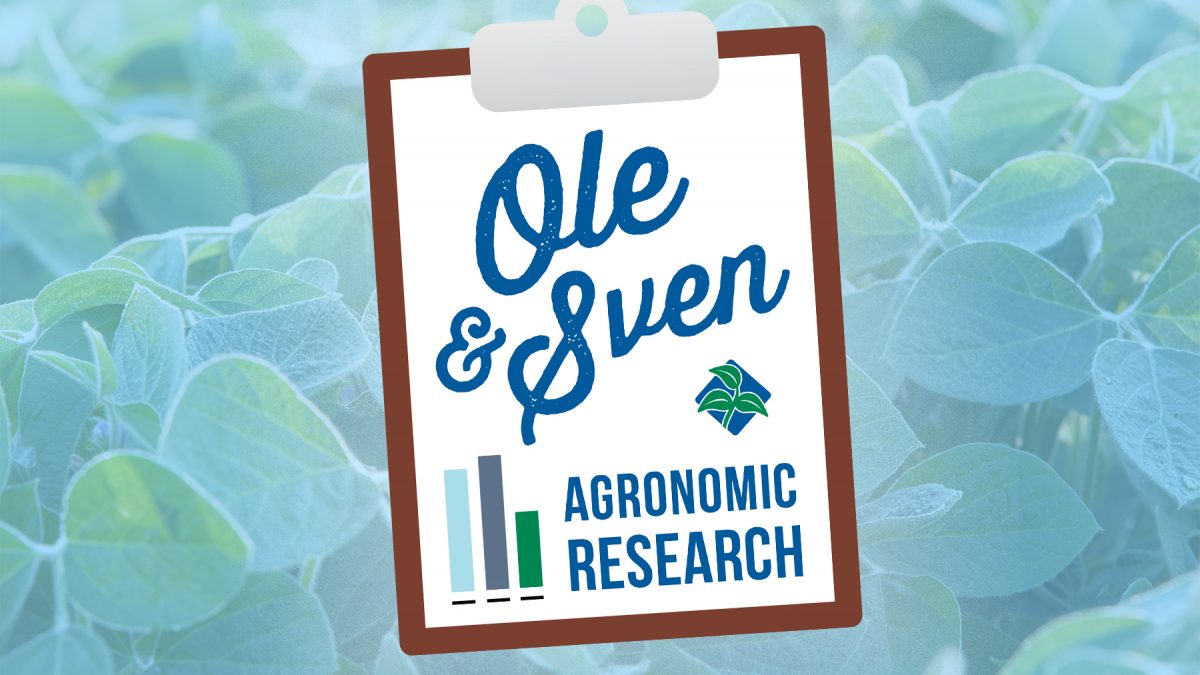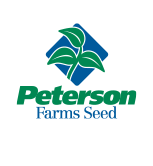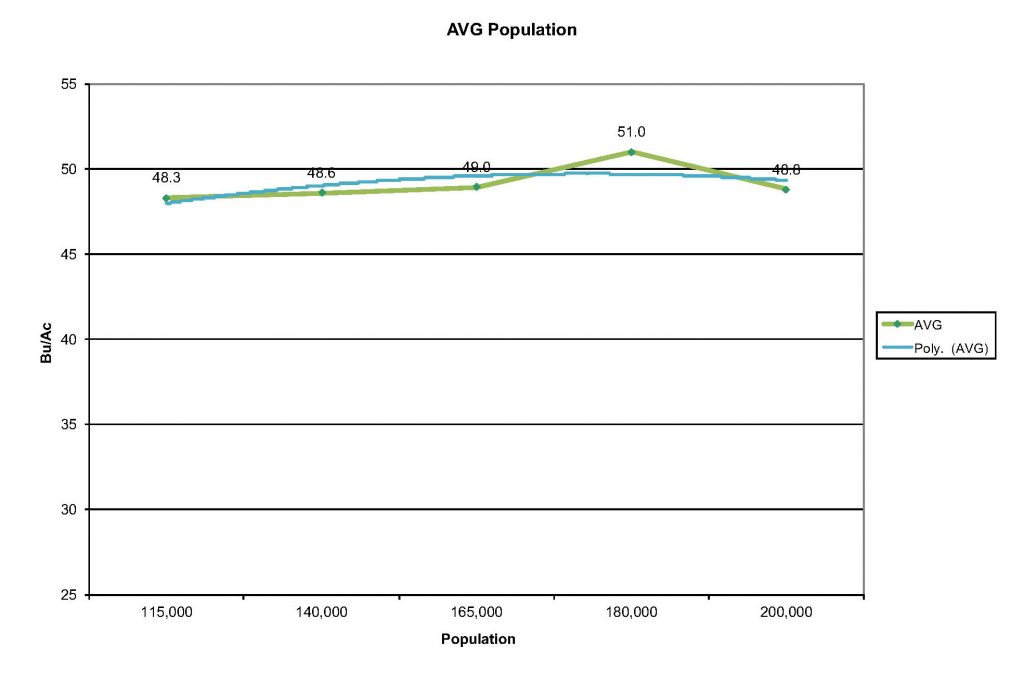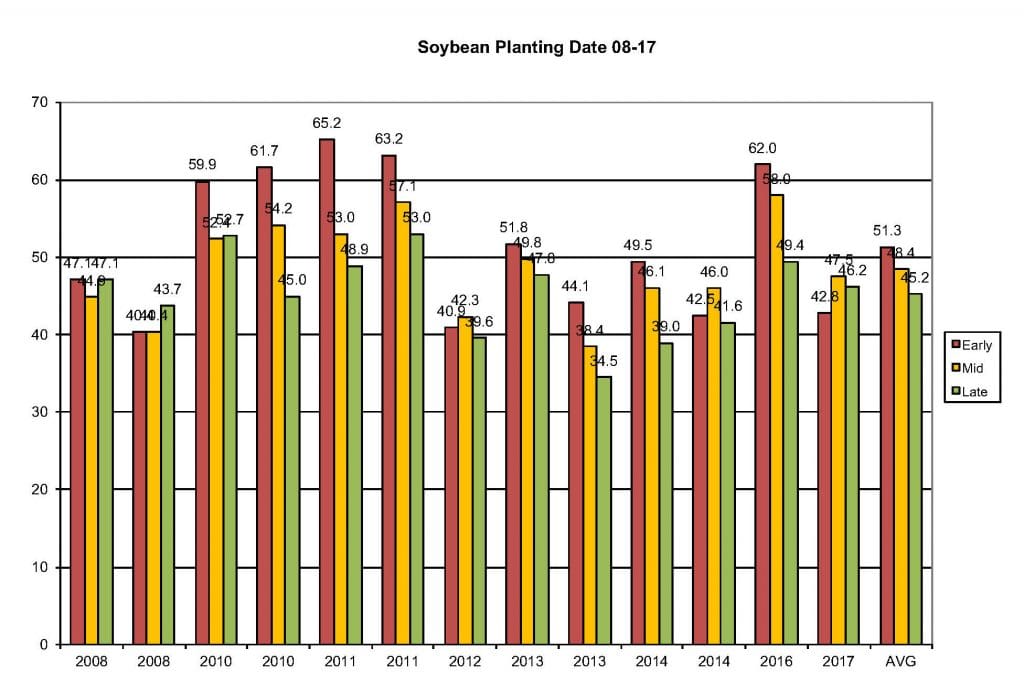Best Practices for a Better Soybean Crop

We started our Ole & Sven plots in 2004. Our intent has always been to bring something more to area growers than just hybrid and variety yield data. We believe bringing valuable agronomic data to regional growers is part of our mission — we want to help you raise better crops. Today we’ll look at some of our key soybean findings to help you as you’re getting your soybeans in the ground this spring.
Over the past several weeks we’ve been reviewing what we’ve learned for corn best practices. If you’re just tuning in, you can find all of our Ole & Sven articles here.
Soybean Populations:
Our recommendation:
- Solid seeding- 185,000
- 22” rows- 165,000
- 30” rows- 155,000
Our planting equipment has become better in the past decade. We can place seed more accurately than we ever have before leading to better emergence rates. Many of you are experimenting and/or having good luck with lower seeding rates with your soybeans. The above recommendations are our overall thoughts but can be adjusted depending on equipment and soil conditions. Soybeans will compensate for low populations but only when they aren’t under stress so keep that in mind on the soils you farm.
When to Plant Soybeans
We’ve seen ups and downs over the years but on average, early planting has shown advantages just like in corn.
A few tips:
- Start with the county early plant dates for your area. For our area that’s usually May 1st.
- Look beyond the calendar. Watch air and soil temperatures.
Our 13-year average has shown a yield loss of 6.1 bu/A if you wait too late to plant. Just make sure all conditions are working in your favor before you head out.
How Deep you Should Plant Soybeans
Soybeans are very adaptable to planting depth, but we recommend 1-2” depending on soil conditions. Our research showed some variance in this recommendation in 2016, but the averages are strongest in the 1-2” range. In our local loam soils we have seen the strongest yields at 1”.
Tips for consistent seeding:
- Check the rows on your planter for depth. Just because the notches are the same in the back does not mean every row is planting at the same depth.
- While you’re planting this season, continue to check your seeding depth. Changes in soil conditions can vary the depth at which your planter is seeding.
In our corn and soybean research, our main, recurring tests include Planting Date, Speed, Population, and Depth. We also add new studies every year, depending on what we see as valuable to growers in our region. Please let us know if you have any research ideas that could benefit you.
If you’ve got questions about soybean planting recommendations or what would be a good fit on your farm, drop us a line at agronomy@petersonfarmsseed.com or give us a call at (866) 481-7333.














